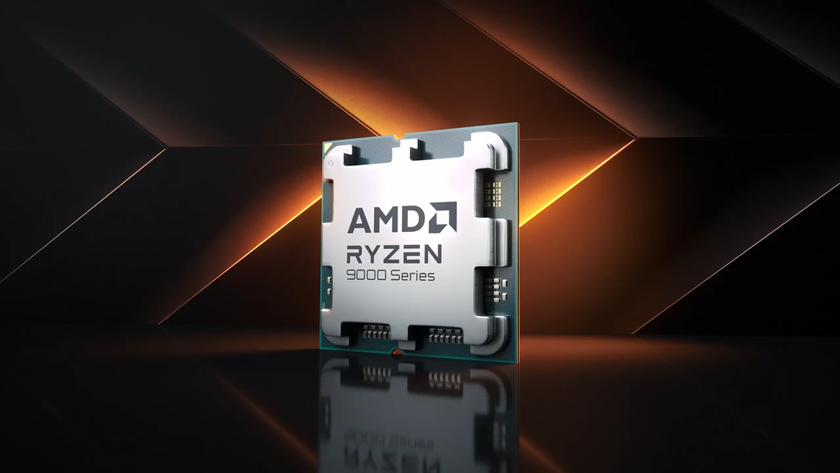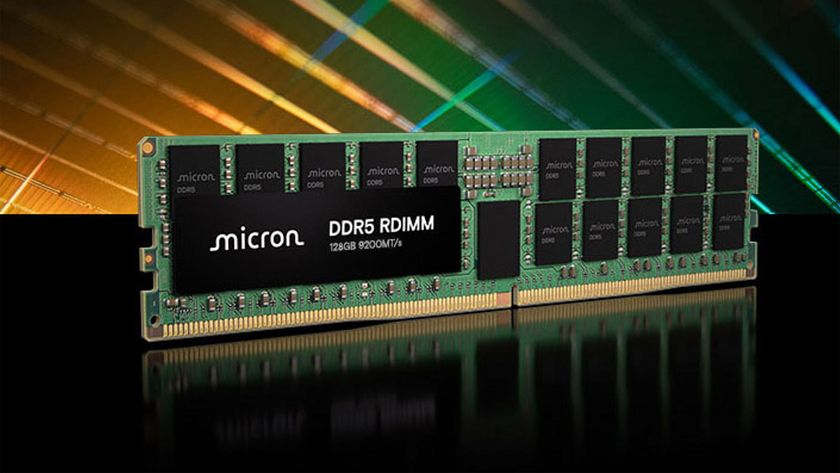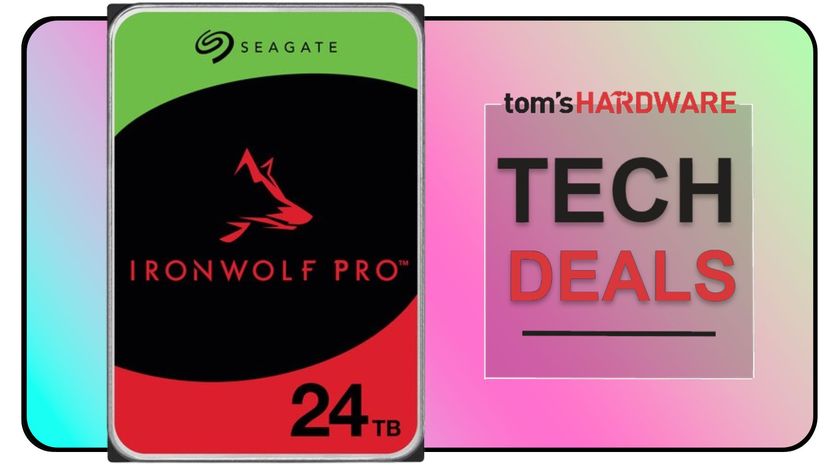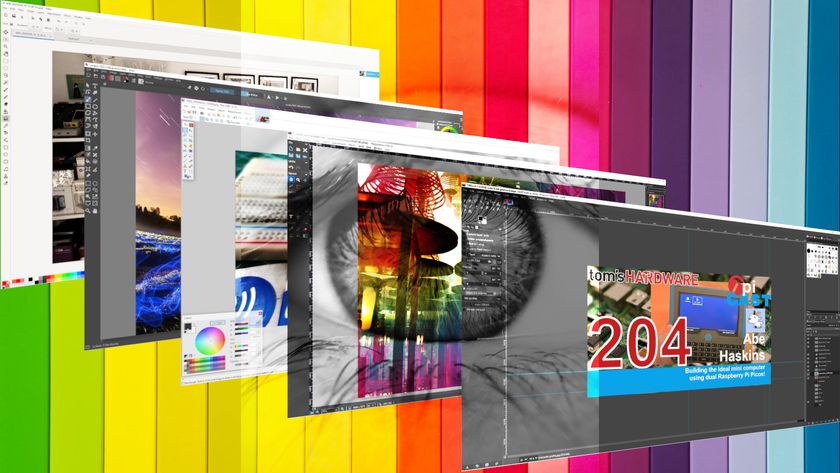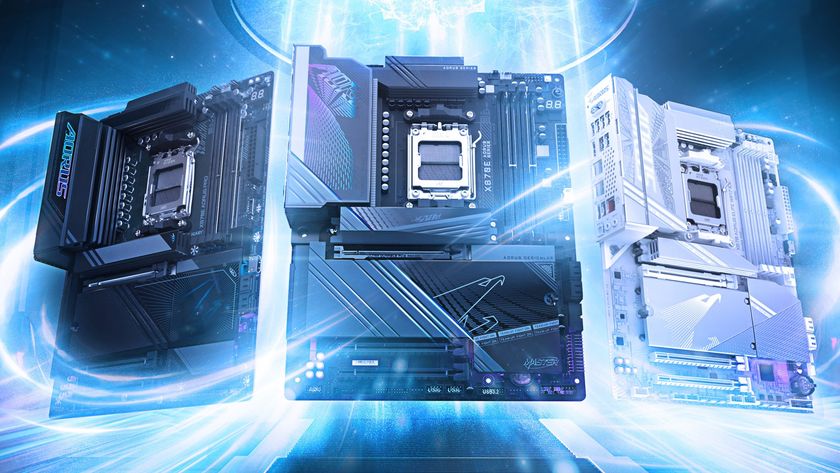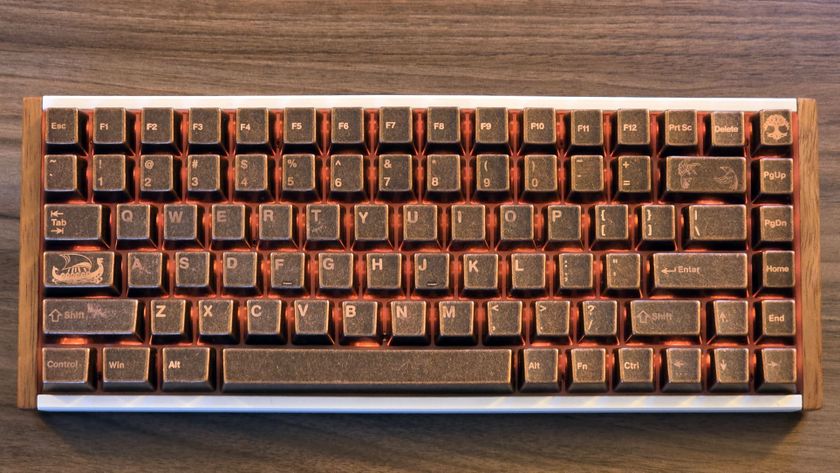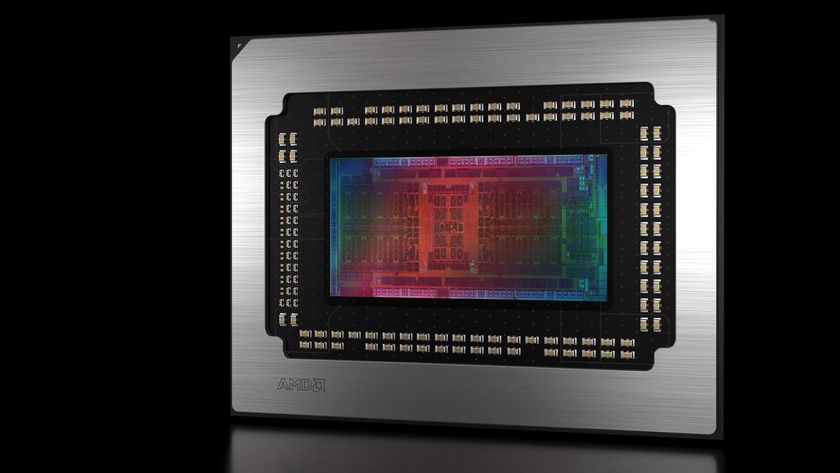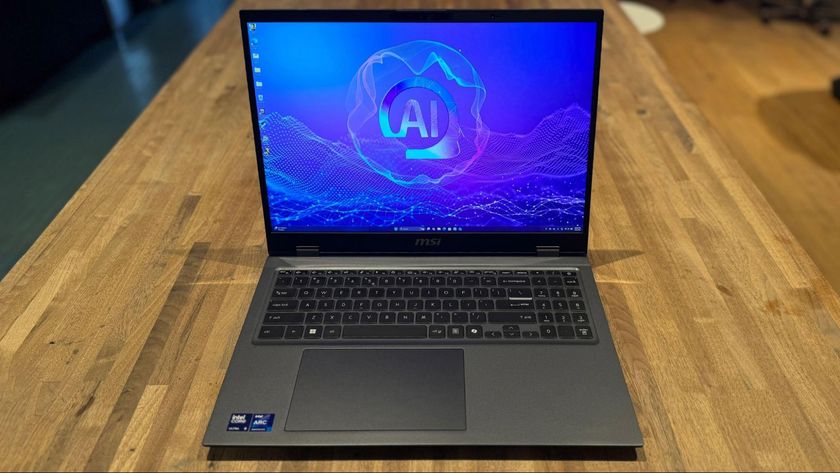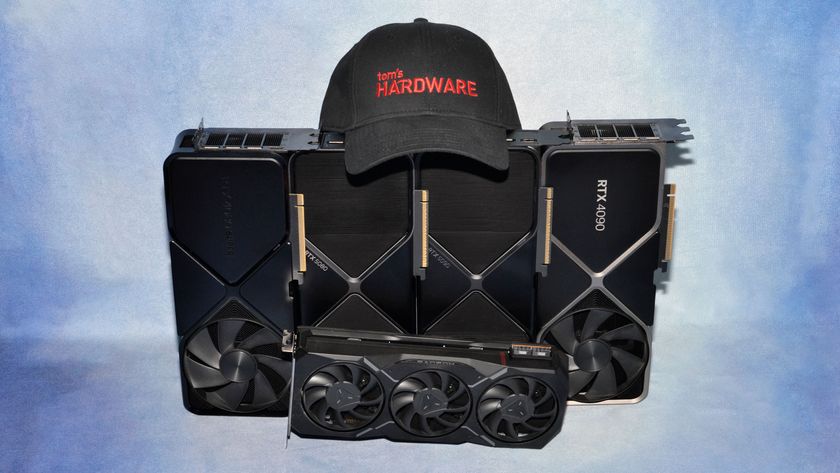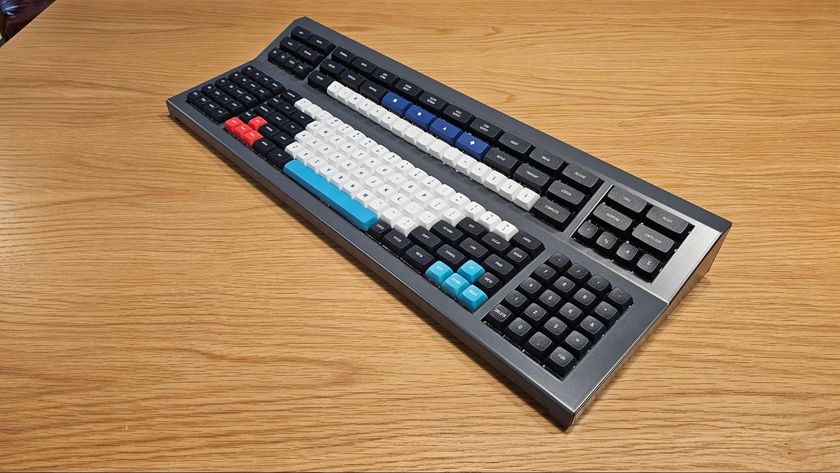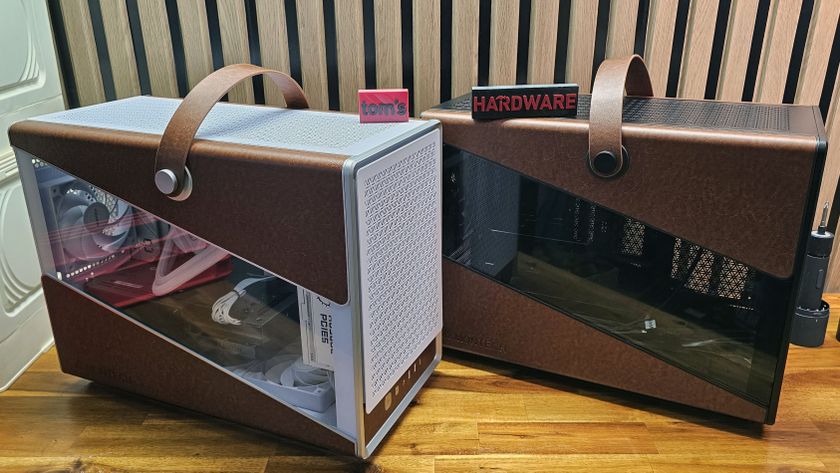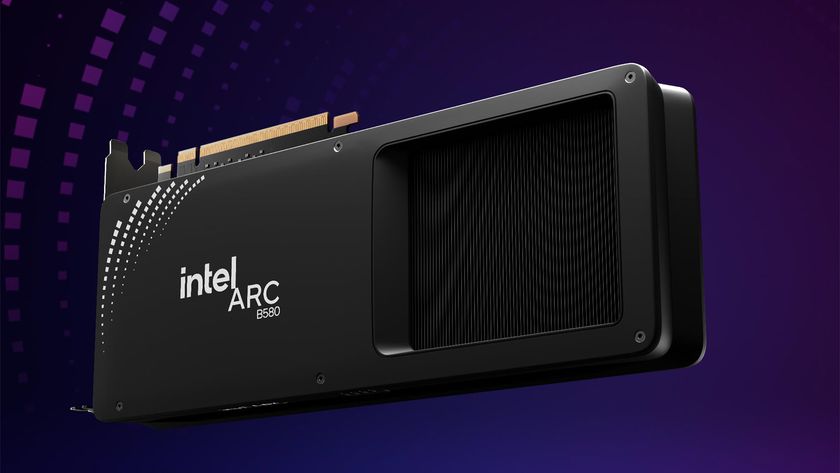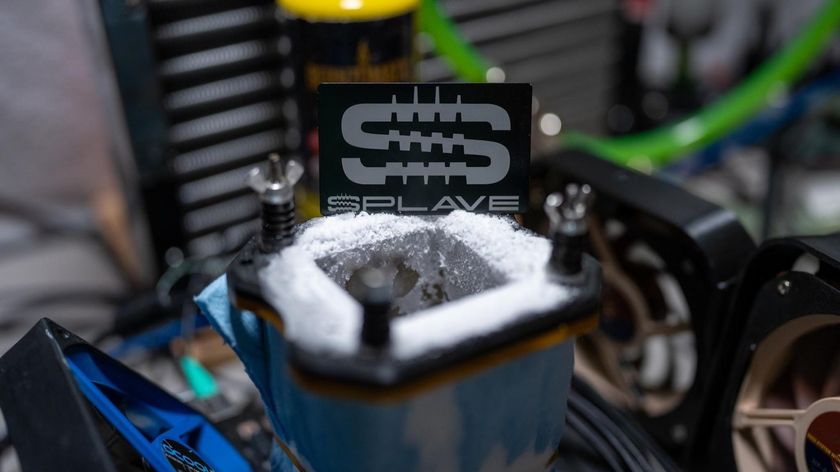Amazon Kindle Touch Review And Fourth-Gen Screen Quality Update
Kindle Touch, Amazon's Premium e-Book Reader?
When Amazon originally announced its new Kindle line up, the Fire tablet received the most attention. It was the long-rumored product that finally pit the commerce company against Apple. In the resulting comparisons between Fire and iPad, the new Kindles ended up getting ignored, which is unfortunate because many people still find that e-book readers are more practical mobile devices. They're cheap, to begin, and they boast much better battery life than tablets.
We already covered the fourth-gen Kindle in a previous article, but given concerns raised by many of our friends at MobileRead about screen quality, we felt it was important to extend our analysis. Plus, this gives us a chance to give some much-needed attention to the new touchscreen e-book.
How do the Kindle e-book readers fit into Amazon's portfolio? As you might expect, the Fire ends up competing against more expensive tablets as a platform able to support the company's new streaming video service. Meanwhile, the lower-end Kindles represent Amazon's continuing efforts to drive digital book sales.
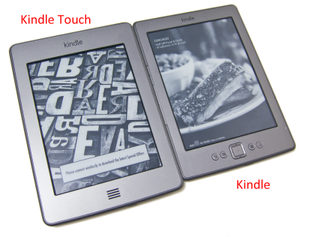
The newest Kindles come in two flavors: touchscreen and non-touchscreen. Both have undergone drastic facelifts, which primarily center on aesthetics and usability. The silver color scheme and keyboard-less design are perhaps the most noticeable differences.
Again, we already picked apart the non-touchscreen e-book reader to a fair degree. So, now we turn our attention to the Kindle Touch.
| Header Cell - Column 0 | Kindle (Fourth-Gen) Wi-Fi | Kindle Touch Wi-Fi |
|---|---|---|
| Display | 6" E Ink Pearl | 6" E Ink Pearl |
| Dimensions | 6.5" x 4.5" x 0.34" | 6.8" x 4.7" x 0.40 |
| Weight*(lab measurement) | 5.9 ounces* | 7.4 ounces* |
| Battery | Li-ion Polymer 890 mAh (3.7 V) | Li-ion Polymer 1420 mAh (3.7 V) |
| Text to Speech/MP3 Playback | N | Y |
| User Accessible Space | 1.35 GiB | 3.21 GiB |
| Price | $79 (special offers)$109 | $99 (special offers)$139 |
Physically, the differences are marginal. Both Kindles feel the same. They employ the same stiff ABS plastic case and rubberized plastic coating around back for scratch resistance. However, the Kindle Touch is slightly thicker and heavier. But it also features more storage space, text-to-speech functionality, and MP3 playback (as such, you end up with a headphone port).
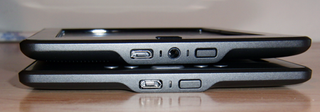
Beyond that, the two devices employ slightly different interfaces. When Amazon designed the fourth-gen Kindle, it placed the Next Page buttons along a thinner beveled edge, making it a little less convenient to turn a page than on previous Kindles, since you go from pressing the surface of the Kindle to squeezing its side. That's not an issue on the Kindle Touch because you navigate it through the touchscreen exclusively.
Stay On the Cutting Edge: Get the Tom's Hardware Newsletter
Get Tom's Hardware's best news and in-depth reviews, straight to your inbox.
Current page: Kindle Touch, Amazon's Premium e-Book Reader?
Next Page Kindle Touch: E Ink-Based Touchscreen And Kindle Shop-
cumi2k4 So basically i won't have to "upgrade" my old kindle 3 if i have no need for touch interface, right?Reply
-
hannibal Color E-ink would be nice for any e-book readers, well almost. It still is a little bit not so robust as black and white versions, but it is getting better!Reply
It would be my first choise for tablet. Very long battery time, very good for reading the books and useable in reading web pages without animation. Too slow for animation and video even at this moment.
-
Marcus52 Umm -Reply
Can you say Nook Simple Touch?
I think you need to fact-check some of your statements. Amazon and Kindle may have been the best option a year ago, but Barnes and Noble and the Nook have caught up, at least. The Kobo is no slouch either, and offers more publication formats than anyone else. Pretty much if it's published in digital form, you can view it on the Kobo, regardless of where you buy it.
Kindle remains the only eReader that you can't natively run EPub publications on.
;) -
Amazon plays dirty - they purchased developers of Stanza, which was the best ebook app in iDevices and killed the company. After this Amazon gets none of my business. Also their kindle app on iPad and iPod Touch is inferior to pretty much any other app. It does not look like they put a lot of effort in to it. There are definitely much better readers out there.Reply
-
tomuw So, to summarize, if I have a Kindle 3, the 4 touch differences are:Reply
-4 has slower visible response time to "next page" requests and other commands.
-4 has ghosting of text from previous pages viewed.
-4 has a quality control issue such that screen may have lower contrast, or however you want to describe it.
-4 has a touch screen
-4 has a larger, heavier battery.
But you think the amount of the negative differences are, in your subjective opinion, slight or can be mitigated by a return and asking for another copy.
hmmm think I'll pass on that "upgrade". -
MagicPants I really liked the spectrophotometer comparison, but I want to see how the kindle stacks up against real paper as well. If possible, you should figure out how to compare it to real newspapers and novels.Reply -
felcas22 Did anyone noticed that the video NEVER show what happens when people interact with the finger in the screen? ALL the times the camera is facing the back of the kindle OR the front of it but when the person touch the screen the camera imediatelly change to another scene, so we never see what actually happens with the screen when the characters of the movie play with it. I understand that as: the touch features is still slow and way far to be instantaneous like fliping the pages on a book.Reply -
acku MagicPantsI really liked the spectrophotometer comparison, but I want to see how the kindle stacks up against real paper as well. If possible, you should figure out how to compare it to real newspapers and novels.Reply
Well... the difference would also depend on the paper and ink combo.... Different inks and different papers will produce different results.
felcas22Did anyone noticed that the video NEVER show what happens when people interact with the finger in the screen? ALL the times the camera is facing the back of the kindle OR the front of it but when the person touch the screen the camera imediatelly change to another scene, so we never see what actually happens with the screen when the characters of the movie play with it. I understand that as: the touch features is still slow and way far to be instantaneous like fliping the pages on a book.
That's just the amazon intro video. It's a commercial. Check out the vid on page 2.
Cheers,
Andrew Ku
TomsHardware.com
